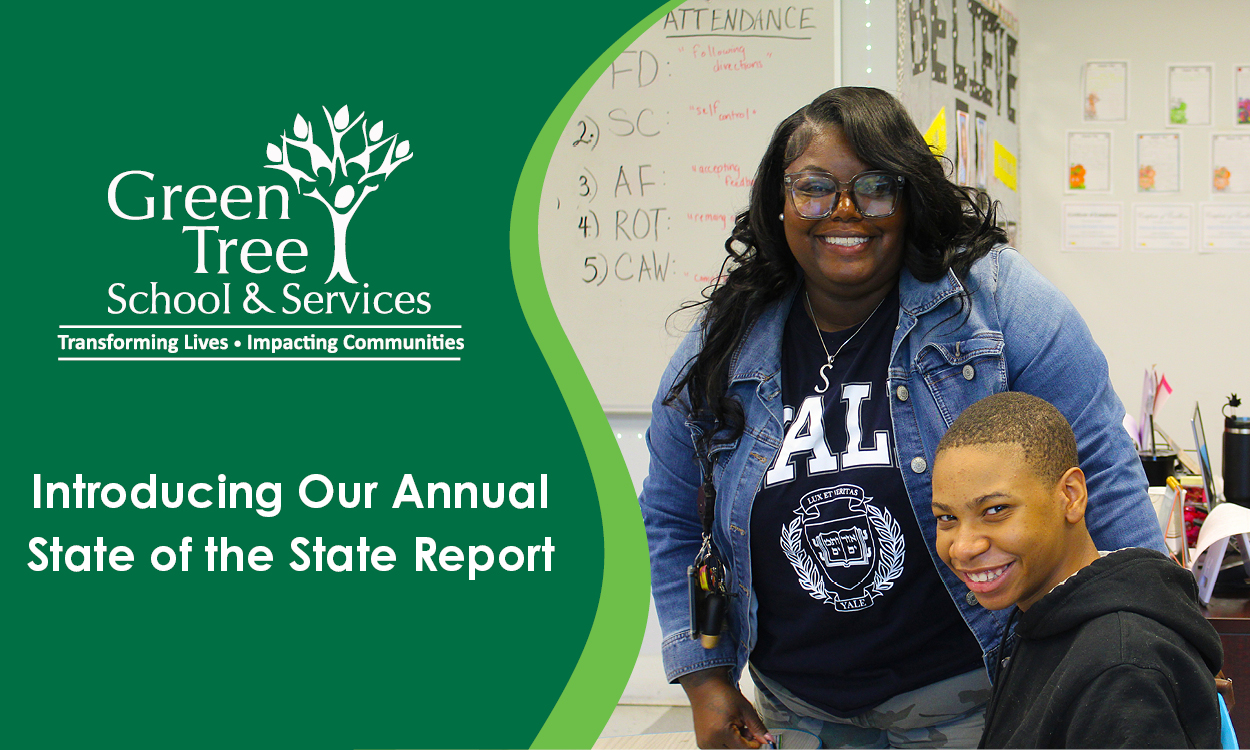Understanding Masking & Burnout: A Guide for Parents & New Educators
Posted: January 22, 2025 | Written By: Drew Delligatti | Category:

This blog was written by Cache A. Bennett, Special Education Teacher at New Story Schools Independence campus.
In the demanding worlds of parenting and education, masking and burnout are two critical issues that can significantly impact a student’s well-being. Understanding these conditions, recognizing their symptoms, and knowing how to address them are essential for supporting a healthy and productive environment.
What is Masking and why does it happen?
Masking refers to the act of hiding or suppressing one's true feelings, behaviors, or characteristics to fit in or meet societal expectations. This is particularly common among individuals who are neurodivergent, such as those with autism or ADHD. Masking can involve mimicking social behaviors, suppressing stimming (self-stimulatory behaviors), or hiding one's true emotions to avoid judgment or misunderstanding.
Common symptoms of masking are feeling exhausted or drained after social interactions, experiencing anxiety or stress from constant self-monitoring, and feeling disconnected from one's true self. These symptoms are very taxing on an individual’s confidence and identity.
How do we address Masking?
Creating a supportive environment is key to helping people feel comfortable enough to express their true thoughts. In order to create such an environment, it is important to educate and raise awareness of masking. We must understand that masking can be affecting people even if we cannot recognize it. By being aware of masking and how it can be affecting anyone around us, we become more sympathetic and patient with those exhibiting symptoms. Finally, we can offer breaks and downtime to help those experiencing symptoms relax and feel at peace. Sometimes having private time can help others recover from the anxieties that can come from social interaction.
What is Burnout and why does it happen?
Burnout is a state of emotional, physical, and mental exhaustion caused by excessive and prolonged stress. It occurs when you feel overwhelmed, emotionally drained, and unable to meet constant demands. Burnout can result from a combination of factors, including high workload, lack of support, and insufficient self-care.
Due to the oppressive nature of burnout robbing people of sleep and rest, chronic fatigue and exhaustion are common symptoms. Other physical symptoms include headaches and even stomach issues. In addition to physical symptoms, there are plenty of mental and emotional symptoms of burnout as well. Namely, feelings of cynicism and detachment from work or family due to constant preoccupation with the stress. In turn, this can make performances at home, work, or school even less effective. This can create a cycle that furthers feelings of cynicism and self-doubt.
How do we address Burnout?
Organizing your week can be a great way to ensure you never have too much to worry about on a given day. Space your upcoming tasks throughout the course of the week so the workflow remains steady. Another great tip is to build a support network. There is nothing wrong with asking for help and finding people to help share the load can help you effectively manage your schedule. While it may seem obvious, it is critical to find ways to decompress. Amidst the hectic nature of day-to-day life, make time to relax, take breaks, engage in self-care, and do something that calms you and brings you peace of mind. Taking your mind off the stress helps so that it does not dominate your mind. Finally, there is never any shame in seeking professional help if you deem it necessary.
Tips for Parents and New Educators: Do's & Don'ts
Do recognize the signs of masking and burnout early.
Do create a supportive and accepting environment.
Do encourage open communication and provide resources for support.
Do prioritize self-care and set healthy boundaries.
Don’t ignore the signs of masking and burnout.
Don’t dismiss the importance of self-care and mental health.
Don’t hesitate to seek help or support when needed.
Common Myths and Truths
Myth: Burnout is a sign of weakness or incompetence.
Truth: Burnout is a common and serious condition that can affect anyone, regardless of their competence or dedication.
Myth: Masking is harmless or beneficial.
Truth: Masking can lead to significant emotional and mental health issues, including anxiety and depression.
Myth: Self-care is selfish or unnecessary.
Truth: Self-care is essential for maintaining overall well-being and effectiveness in both personal and professional roles.
Understanding and addressing masking and burnout are crucial for maintaining a healthy and productive environment for both parents and educators. By recognizing the signs, creating supportive environments, and prioritizing self-care, we can effectively manage these challenges and foster a more positive and sustainable lifestyle. Remember, it's okay to seek help and take time for yourself!
Want to be notified of new articles and resources from Green Tree Schools? Click here to submit your email and opt into our newsletter.









